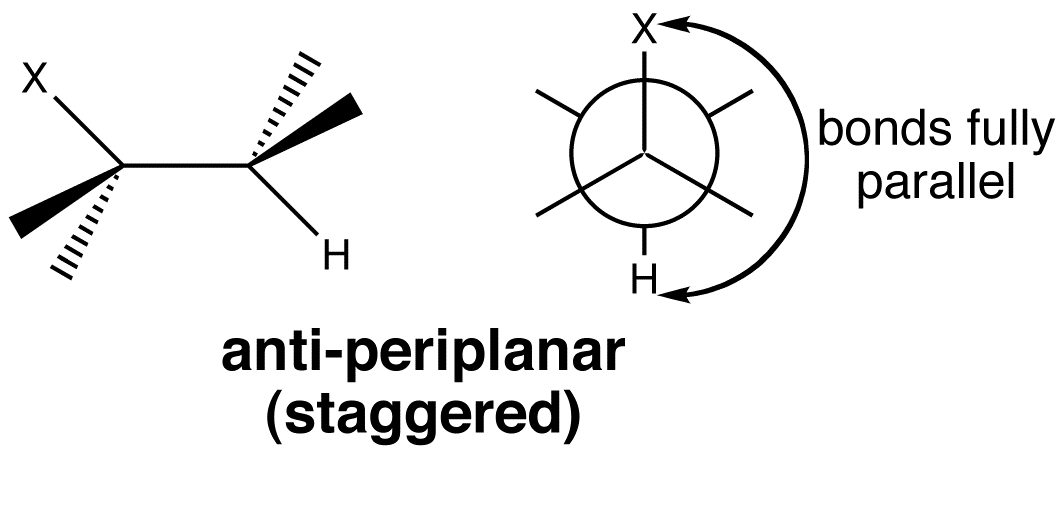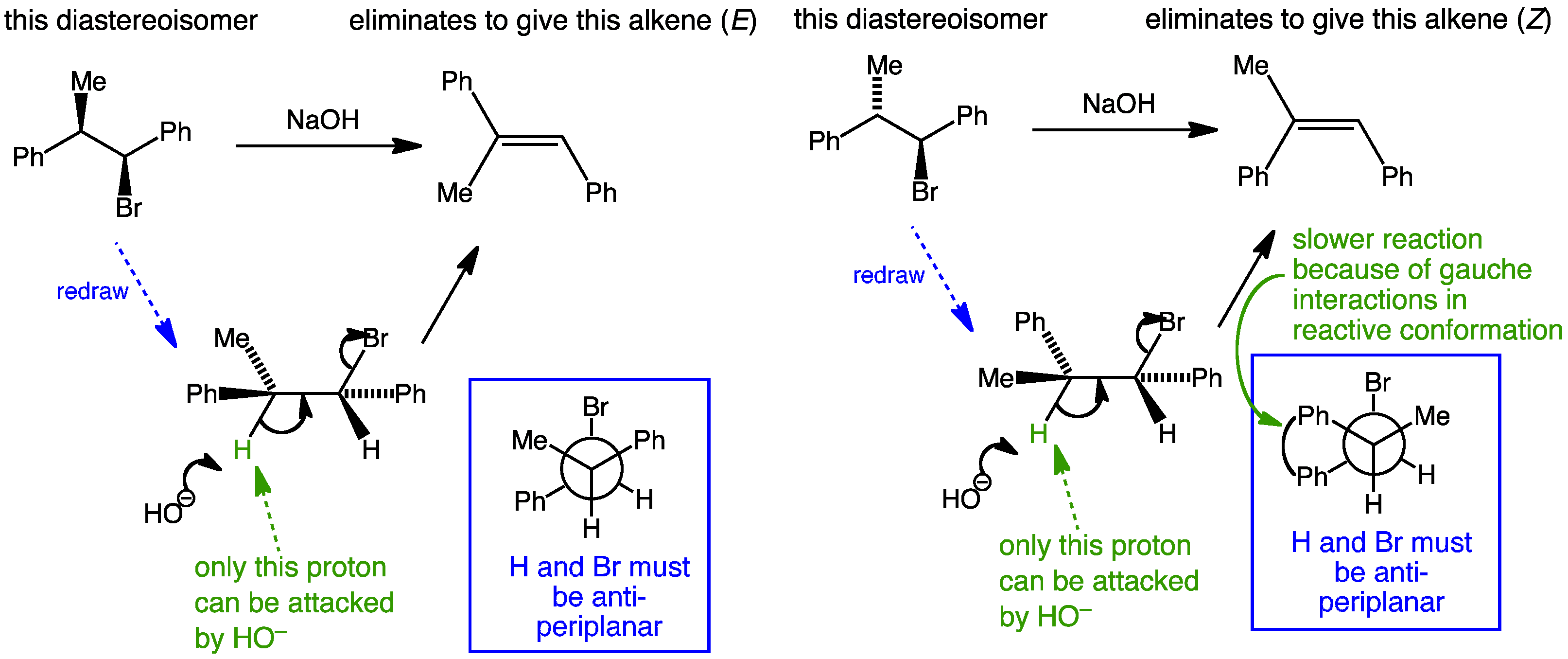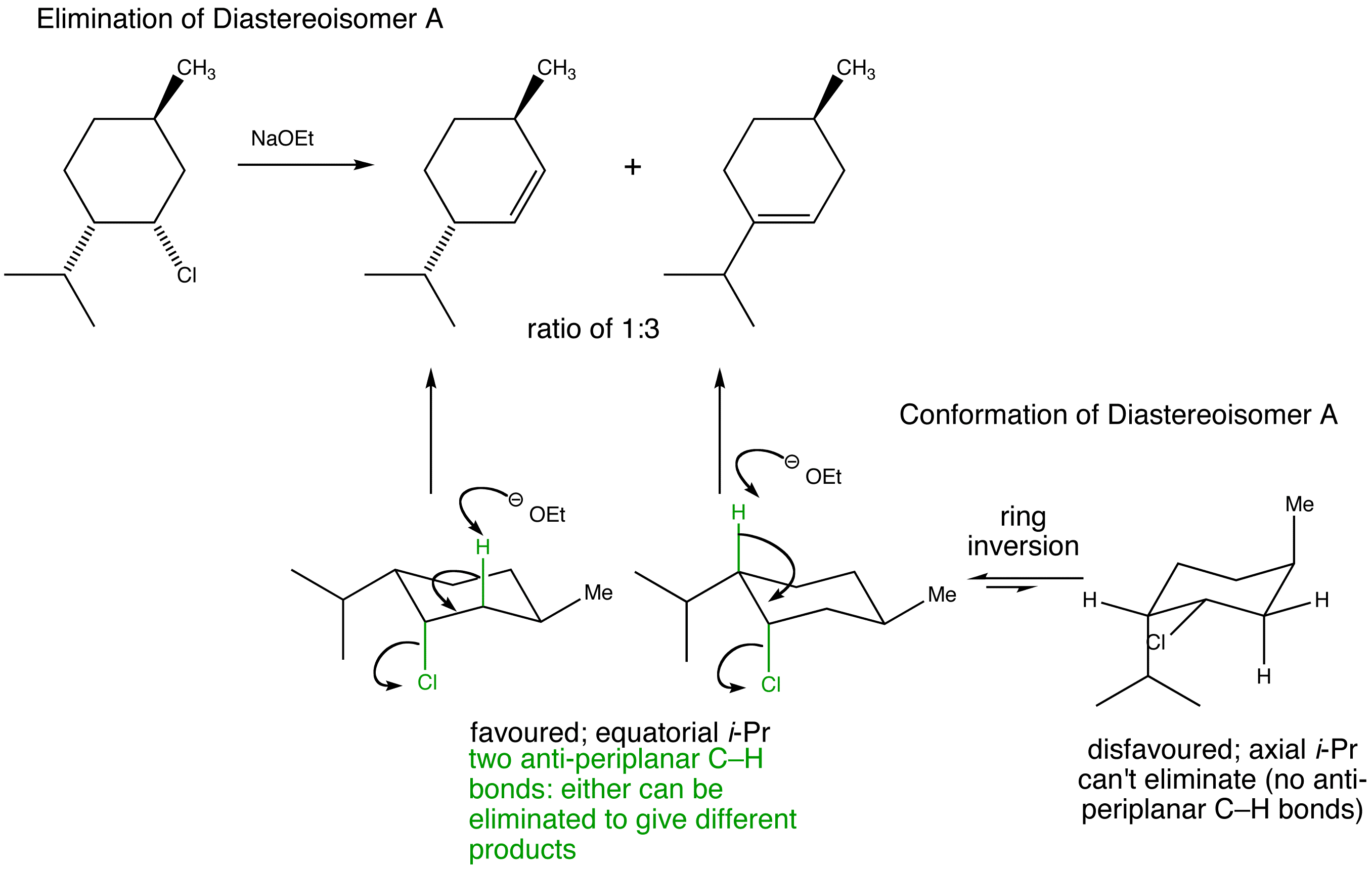Tuesday, 31 December 2013
Monday, 30 December 2013
Alkanes: Physical Properties
Alkanes: Physical Properties
At roomtemperature, alkanes from C1 to C4 are gases, from C5 to C16 they are liquids and higher alkanes are solids and waxlike to some extent .
In saturated alkanes, only van der Waals forces are important as attractive forces. In general, alkanes show a relatively low reactivity.
However, protonation, oxygenation, pyrolysis, radiolysis, and photolysis are possible under extreme reaction conditions.
Oxidation of alkanes can also be carried out electrochemically. Lower alkanes in particular are highly flammable and form explosive mixtures (methane, benzene) with air (oxygen). Solubility of alkanes in water is very low.
The physical properties of alkanes follow a similar trend as seen in the regularity of alkane structures.
Thus, the larger the number of carbon atoms the higher the boiling points.
However, the melting point curve does not exhibit the same smooth gradation.
The melting point graph is not smooth, however.
Alkanes with even numbers of carbon atoms pack better into a solid structure, so that higher temperatures are needed to melt them.with odd numbers of carbon atoms do not pack as well, and they melt at lower temperatures.
Alkanes with even numbers of carbon atoms pack better into a solid structure, so that higher temperatures are needed to melt them.with odd numbers of carbon atoms do not pack as well, and they melt at lower temperatures.
A branched alkane generally melts at a higher temperature than the n-alkane with the same number of carbon atoms.
Branching of an alkane gives it a more compact three-dimensional
structure, which packs more easily into a solid structure and increases the melting point.
Boiling Points of Alkanes :
The boiling points increase smoothly with increasing numbers of carbon atoms and increasing molecular weights.
Larger molecules have larger surface areas, resulting in increased inter molecular van der Waals attractions.
As inter molecular interactions increases volatility decreases .Then vapour pressure decreases .With decrease in vapour pressure boiling point decreases.
These increased attractions must be overcome for vaporization and boiling to occur.
Thus, a larger molecule, with greater surface area and greater van der Waals attractions, boils at a higher temperature.
Branching of an alkane gives it a more compact three-dimensional
structure, which packs more easily into a solid structure and increases the melting point.
Boiling Points of Alkanes :
The boiling points increase smoothly with increasing numbers of carbon atoms and increasing molecular weights.
Larger molecules have larger surface areas, resulting in increased inter molecular van der Waals attractions.
As inter molecular interactions increases volatility decreases .Then vapour pressure decreases .With decrease in vapour pressure boiling point decreases.
These increased attractions must be overcome for vaporization and boiling to occur.
Thus, a larger molecule, with greater surface area and greater van der Waals attractions, boils at a higher temperature.
Boiling Points of A l kanes
Table 3-2 also gives the boiling points and melting points of the unbranched alkanes.
The boiling points increase smoothly with increasing numbers of carbon atoms and
increasing molecular weights. Larger molecules have larger surface areas, resulting in
increased intermolecular van der Waals attractions. These increased attractions must be
overcome for vaporization and boiling to occur. Thus, a larger molecule, with greater
surface area and greater van der Waals attractions, boils at a higher temperature.

Table 3-2 also gives the boiling points and melting points of the unbranched alkanes.
The boiling points increase smoothly with increasing numbers of carbon atoms and
increasing molecular weights. Larger molecules have larger surface areas, resulting in
increased intermolecular van der Waals attractions. These increased attractions must be
overcome for vaporization and boiling to occur. Thus, a larger molecule, with greater
surface area and greater van der Waals attractions, boils at a higher temperature.

Table of melting and boiling points
- Tab.1
| Name | Mp [°C] | Bp [°C] |
|---|---|---|
| Methane | -182.5 | -161.5 |
| Ethane | -183.3 | -88.6 |
| Propane | -187.7 | -42.1 |
| Butane | -138.4 | -0.5 |
| Pentane | -129.7 | 36.1 |
| Hexane | -95.3 | 68.7 |
| Heptane | -90.6 | 98.4 |
| Octane | -56.8 | 125.7 |
| Nonane | -53.5 | 150.8 |
| Decane | -29.7 | 174.1 |
E2 ELEMINATION REACTIONS
E2 describes an elimination that has a bimolecular rate-determining step that must involve the base.
Loss of the leaving group is simultaneous with the removal of the proton by the base.

In an E2 eliminations, two orbitals have to lie in the same plane for best overlap.
E2 elimination takes place from the anti-periplanar conformation, as this is the most stable conformation due to its staggered nature.




Stereospecific E2 eliminations - two diastereoisomeric chlorides Diastereoisomer A and Diastereoisomer Bderived from menthol give two different regioisomers of alkene.
Manipulate the conformations to explore the arrangements of the protons and the chlorine. Are they anti-periplanar as required for E2?
Manipulate the conformations to explore the arrangements of the protons and the chlorine. Are they anti-periplanar as required for E2?
Examine the animated energy plots of Diastereoisomer A and Diastereoisomer B to determine the relative energies of the anti-periplanar conformations required for E2 elimination.

Stereospecific E2 eliminations - two diastereoisomeric chlorides derived from menthol give two different regioisomers of alkene.
E1 1ELIMINATION REACTIONS

E1 describes an elimination reaction in which the rate-determining step is unimolecular and does not involve the base. The leaving group leaves in this step, and a proton is removed in a second step. This is an example of an E1 reaction which shows the formation of an alkene.
E1cb ELIMINATION REACTIONS

E1cB is an elimination reaction which looks similar to E2, only the leaving group can be a hydroxide, which cannot be the case in E2 elimination.
Negative charges are stabilized by conjugation with carbonyl groups.
The proton which is removed using a strong base is adjacent to a carbonyl group, which makes the proton rather acidic, and can therefore be removed by the base without the leaving group departing at the same time.
The resulting anion is stable due to delocalization on to the carbonyl group.
Although the anion is stabilized by the carbonyl group, it still prefers to lose a leaving group and become an alkene, which forms the rate-determining step for the elimination.
This is an example of an E1cB reaction which shows the formation of acrolein.
The dancing chemical
dear friends
dancing chemical is back with gitar tunes
wishing you a very happy new year
psk chakravrthy
youtube url
http://youtu.be/2jrrfjMRnZw
dancing chemical is back with gitar tunes
wishing you a very happy new year
psk chakravrthy
youtube url
http://youtu.be/2jrrfjMRnZw
Sunday, 29 December 2013
Conversion of newman projection to fischer projection __________My animation
Dear friends ,
this is my first animation to better understand conversion of newman projection
to fischer projection.Youtube link is given below.Please see.
thankyou
psk chakravrthy
http://youtu.be/rwP2RMRkJ9Q
this is my first animation to better understand conversion of newman projection
to fischer projection.Youtube link is given below.Please see.
thankyou
psk chakravrthy
http://youtu.be/rwP2RMRkJ9Q
THE DANCING CHEMICAL --------2,3,4-Tricyclopropyl-1,1-bis-cyclopropylmethyl-cyclobutane
2,3,4-Tricyclopropyl-1,1-bis-cyclopropylmethyl-cyclobutane dances to direction and script
of PSKCHAKRAVRTHY
YOU TUBE ID
http://youtu.be/Ci__SXRGAuU
Friday, 27 December 2013
Thursday, 26 December 2013
Translating Fischer Projections
Translating Fischer Projections
- Fischer projections may not be lifted from the plane of the paper, nor rotated by other than 180 degrees.
- They also are supposed to be drawn only with the most highly oxidized carbon at the top, and the "main" carbon chain vertically oriented.

To view the main chain as vertical and completely aligned, implies that the sideways projecting bonds of the Fischer structure are actually coming up out of the the page, whereas the vertical bonds are oriented behind it.
- Making this change turns the Fischer at left into the dash-wedge at center.
- A 90 degree rotation to the right produces a more familiar view of the molecule.
- Once translated, the structure can be rotated easily into a fully staggered conformation by simply turning the two end chiral centers 180 degrees.
- Such a manipulation is not permitted with a Fischer projection because it changes the absolute configuration.
Wednesday, 25 December 2013
Tuesday, 24 December 2013
Monday, 23 December 2013
Basic nature of aromatic amines
Basic nature of aromatic amines
In aniline or other aromatic amines, the lone pair present on nitrogen atom is delocalized with benzene ring by resonance .
But anilinium ion is less resonance stabilized than aniline.
Thus, electron density is less on N atom due to which aniline or other aromatic amines are less basic than aliphatic amines.
Any group present on benzene ring that has electron withdrawing effect (– NO2, – CN, – SO3H, – COOH – Cl, C6H5, etc.) decreases basicity of aniline(Nitroaniline is less basic than aniline as nitro group is electron withdrawing group (– I group) and aniline is more basic than diphenyl amine) .(conjugation decreases basic nature)
An electron repelling effect (– NH2, – OR, R –, etc.) increases basicity of aniline. Toluidine is more basic than aniline as – CH3 group is electron repelling group (+ I group).
Further greater the value of Kb or lower the value of pKb, stronger will be the base.The basic character of some amines have the following order,
R2 NH > RNH2 > C6H5 CH2 NH3 > C6 H5 NH2
N-alkylated anilines are stronger bases than aniline because of steric effect. Ethyl group being bigger than methyl has more steric effect, so N-ethyl aniline is stronger base than N-methyl aniline. Thus, basic character is,
C6 H5 N ( C2 H5 )2 > C6 H5 NHC2 H5 > C6 H5 N ( CH3 )2 > C6 H5 NHCH3 > C6 H5 NH2 NH3 > C6 H5NHC2 H5 > C6 H5 NHCH3 > C6 H5 NH2 > C6 H5 BHC6 H5
In Toluidines – p-isomer > m- > o-
Chloroanilines– p-isomer > m- > o-
Phenylene diamines – p-isomer > m- > o-
Nitroanilines– m-isomer > p- > o-
(CH3 )2 NH > CH3 NH2 > C6 H5 NHCH3 > C6 H5 NH2
CH3 CH2 NH2 > HO ( CH2 )3 NH2 > HO (CH2 )2 NH2
CH3 CH2 NH2 > C6 H5 CONH2 > CH3 CONH2
Subscribe to:
Posts (Atom)




































